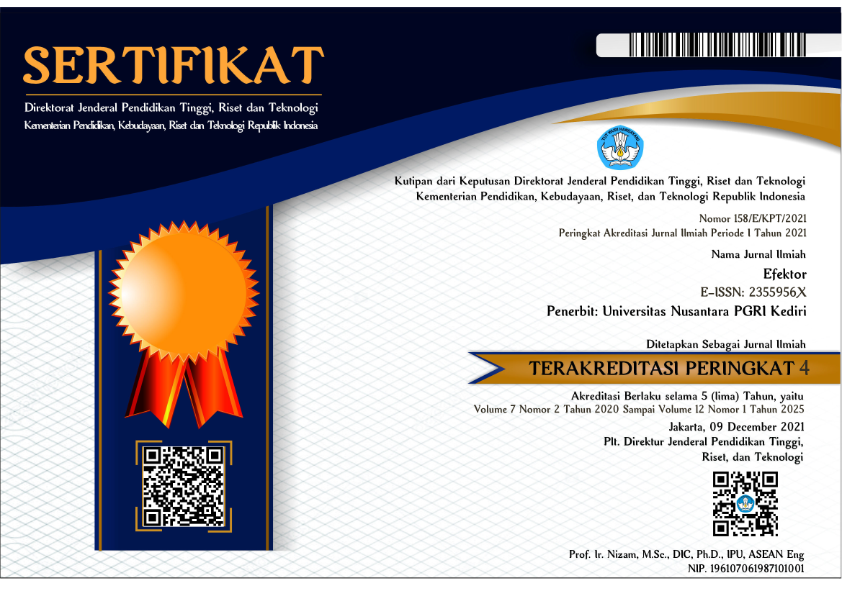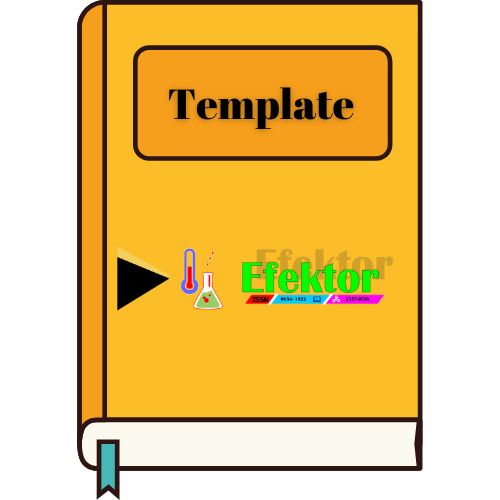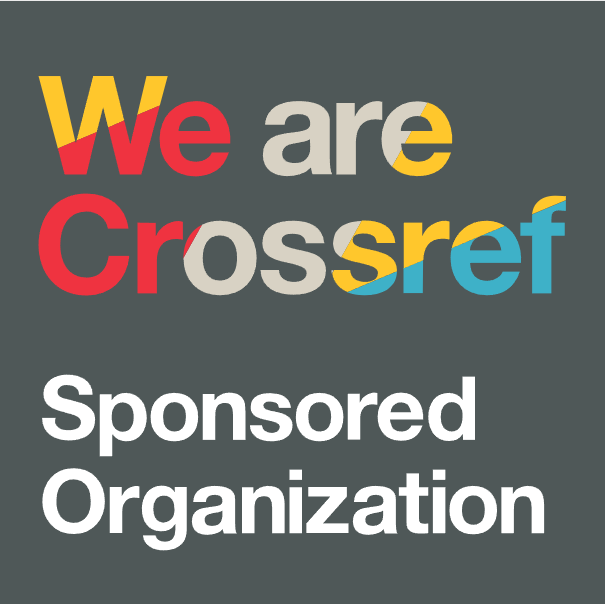Analisis Marketing Mix dalam Meningkatkan Jumlah Pembeli Ayam Geprek Mbok Moro Kota Kediri
DOI:
https://doi.org/10.29407/e.v7i1.14379Keywords:
market segment, marketing mix, marketingAbstract
The purpose of this research is to find out how the marketing mix is used to increase the number of buyers in the Mbok Moro Geprek Chicken Business. Marketing activity is an attempt to offer consumers the products they are produced. Marketing is a very determining factor for the survival of a company, so it is very important for business owners to pay attention to the marketing mix that the company runs. The research method used mixed method. The subject of this research was Mbok Moro geprek chicken business and ata collection used interviews and observations. Data analysis techniques used marketing mix analysis. The variables of marketing mix were product, price, place and promotion. The result of this research showed that consumers’ decision to buy Mbok Moro Geprek Chicken had many reasons, they are: the place was strategic and the price of product was afforadable. The recommendation of this research is that the products of Mbok Moro geprek chickens must be more varied and innovative in packaging and online marketing and also improving brand.
References
Ali, Syed Ehtesham. 2008. Marketing Mix and The Reputation Of Nokia. Market Forces, 4: pp: 15-29.
Bennet, R.,Anthony. 1997. The Five Vs – a buyer’s Perspective of The MarketingMix. Marketing Intelligence & Planning, 15(3): pp: 151-156.
Buchari, Alma. 2004. Manajemen Pemasaran dan Pemasaran Jasa. Bandung: Alfabeta.
Cannon, Perreault, McCarthy, 2008, Pemasaran Dasar Pendekatan Manajerial Global, Buku 2 Edisi 16, Salemba Empat, Jakarta.
Creswell, J.W. 2013. Research Design: Pendekatan Kualitatif, Kuantitatif dan Mixed. Terjemahan Fawaid, A. Yogyakarta: Pustaka Pelajar.
Daryanto, L. H., dan Hasiholan, L. B. The Influence Of Marketing Mix On The Decision To Purchase Martabak “Setiabudi”Pak Man Semarang. Journal of Management, Vol. 5, No. 5, 2019.
Forijati, 2019, Strategi Pengembangan Usaha Dengan Model Bisnis Kanvas Pada Usaha Ayam Geprek Mbok Moro Kota Kediri, Proceeding Senmea, http://ojs.senmea.fe.unpkediri.ac.id/index.php/senmea/article/view/55.
Engel, J; Blackwell, R. 2004. Consumer Behavior. Dryden Press Chicago Andi, Yogyakarta.
Eriyanto. 2011. Analisis Isi: Pengantar Metodologi untuk Penelitian Ilmu Komunikasi dan Ilmu-ilmu Sosial Lainnya. Jakarta: Kencana.
Kotler, Philip, 2002, Manajemen Pemasaran, Edisi milinium, Jilid 2,Jakarta: PT Pren Hallindo.
Kotler, Philip dan Keller, Kevin Lane, 2008, Manajemen Pemasaran, Erlangga, Indonesia.
Lye, Ashley., Shao, Wei., Thiele,Sharyn Rundle. 2004. Decision waves: consumerdecisions in today’s complexworld. European Journal of Marketing, 39(1/2): pp: 216-230.
Moleong, Lexy J. 2012. Metode Penelitian Kualitatif. Edisi Revisi. Bandung: Remaja Rosdakarya.
Oetama, Seanawati. 2011. Analisis Pengaruh Bauran Pemasaran Terhadap Keputusan Konsumen Dalam Pembelian Motor Honda di Sampit. Jurnal Ilmu Sosial, 3(1): h:40-53.
Rigopoulou, Irini, D., Chaniotakis, Ioannis, E., Lymperopoulos, Constantine., Siomkos, George I. 2008. After-Sales Service Quality As An Antecedent of Customer Satisfaction. Managing Service Quality, 18 (5): pp: 512-527.
Selang, C. A. Bauran pemasaran (marketing mix) pengaruhnya terhadap loyalitas konsumen pada fresh mart Bahu Mall Manado. Jurnal EMBA:Jurnal Riset Ekonomi, Manajemen, Bisnis dan AkuntansiVol. 1, No. 3, 2013.
Sugiyono. 2014. Metode Penelitian Pendidikan Pendekatan Kuantitatif, Kualitatif dan R&D. Bandung: Alfabeta.
Swastha, Basu, 2001, Manajemen PemasaranModern, Yogjakarta: Liberty,
Tjiptono Fandy. 1997. Strategi Pemasaran.Yogyakarta: Andi.
____________, 2000, Strategi Pemasaran. Yogyakarta: Andi.
Downloads
Published
Issue
Section
License
Authors who publish with this journal agree to the following terms:
- Copyright on any article is retained by the author(s).
- The author grants the journal, the right of first publication with the work simultaneously licensed under a Creative Commons Attribution License that allows others to share the work with an acknowledgment of the work’s authorship and initial publication in this journal.
- Authors are able to enter into separate, additional contractual arrangements for the non-exclusive distribution of the journal’s published version of the work (e.g., post it to an institutional repository or publish it in a book), with an acknowledgment of its initial publication in this journal.
- Authors are permitted and encouraged to post their work online (e.g., in institutional repositories or on their website) prior to and during the submission process, as it can lead to productive exchanges, as well as earlier and greater citation of published work.
- The article and any associated published material is distributed under the Creative Commons Attribution-ShareAlike 4.0 International License













